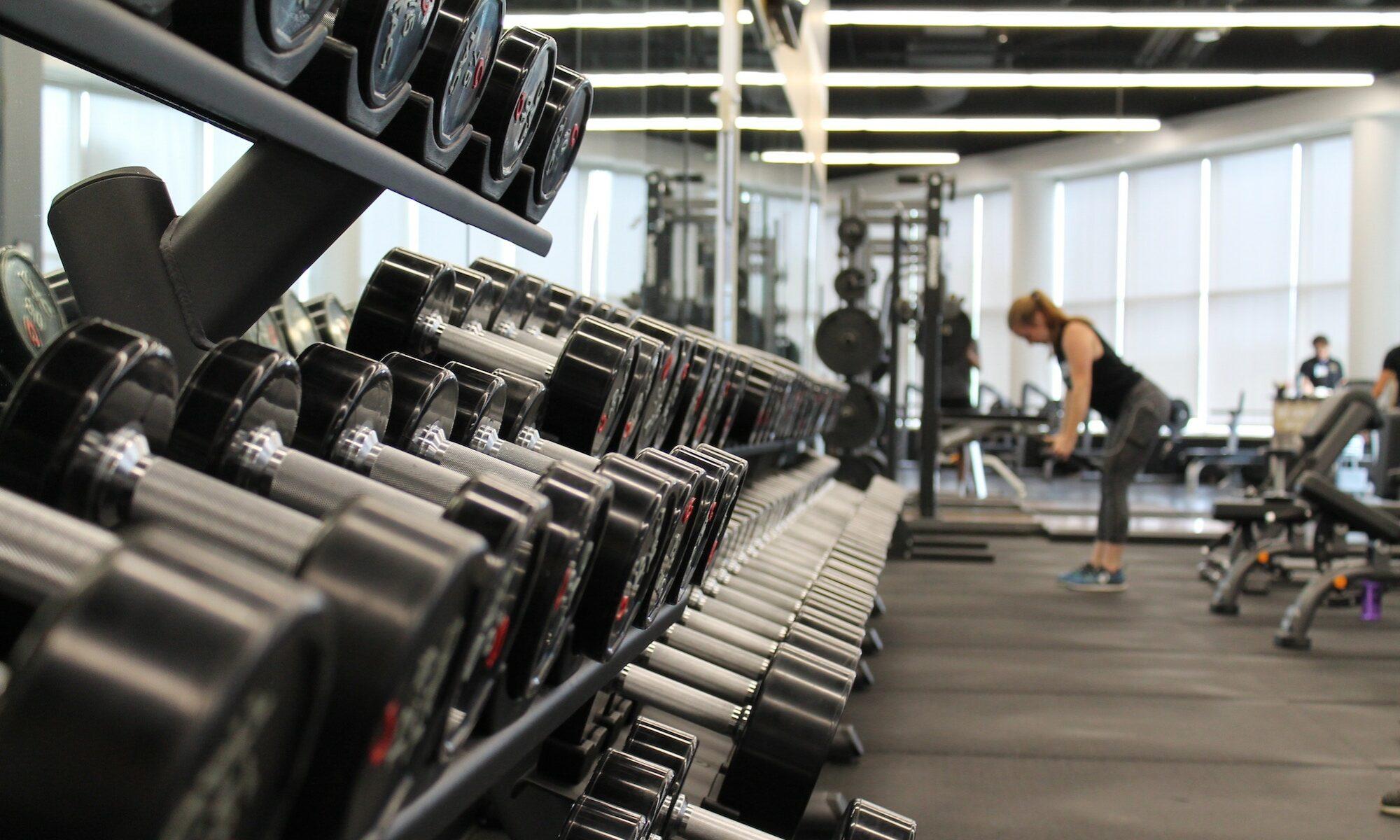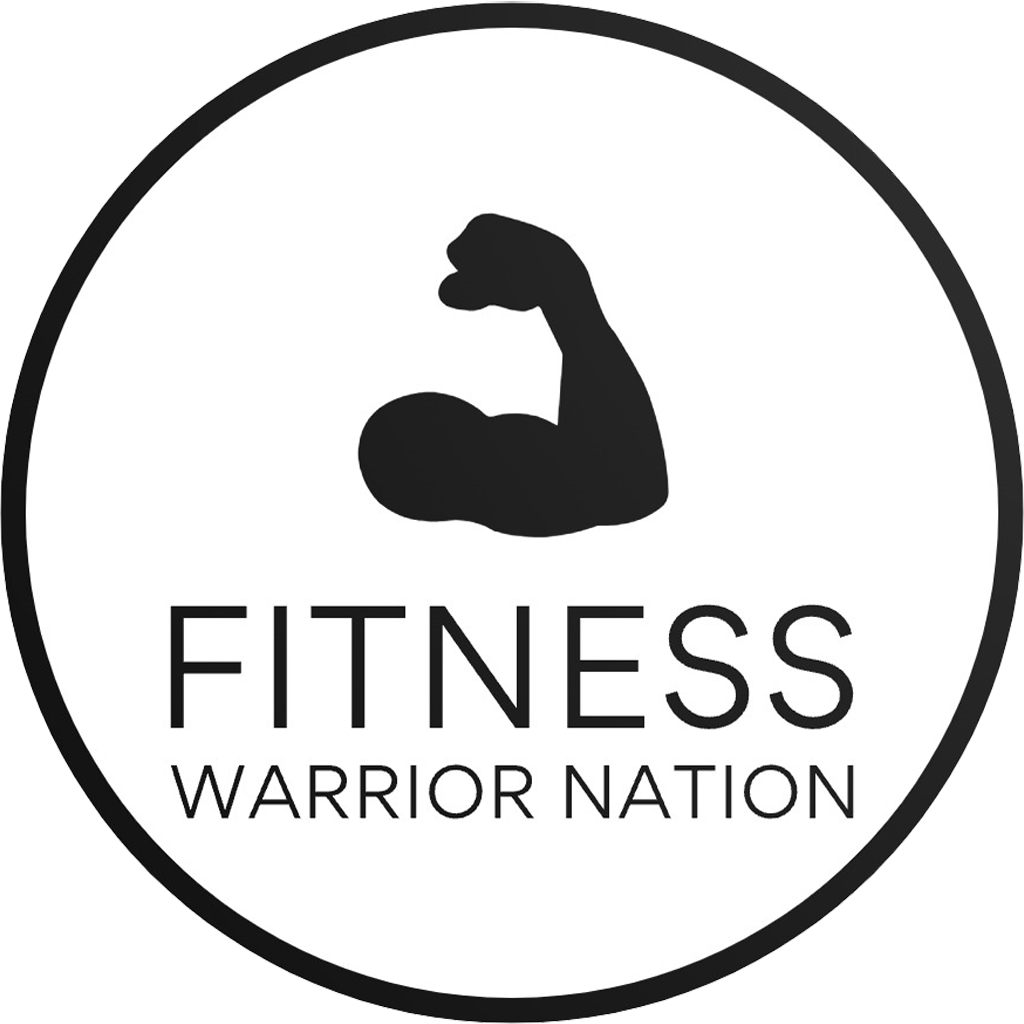The 2025 NHL Scouting Combine in Buffalo, New York, has drawn considerable attention, spotlighting rising stars gearing up for the Upper Deck NHL Draft. Among these top prospects, Carter Bear’s recovery from a significant Achilles injury is a focal point for teams and fans alike. Though sidelined from fitness testing at the combine, Bear’s optimistic progress signals a robust return to peak conditioning in time for NHL training camp. Meanwhile, other prospects, team strategies, and the intricacies of scouting combine evaluations reveal the complex interplay between athletic rehabilitation, performance measurement, and team-building in professional hockey’s elite circle.
Latest Updates on Carter Bear’s Recovery and Impact on NHL Training Camp Readiness
Carter Bear, who suffered a partially torn right Achilles tendon during a Western Hockey League game, is defying expectations with a rapid rehabilitation trajectory. The injury, incurred during a physical moment off an offensive zone faceoff, required surgery shortly after the incident in early March. While Bear is skipping fitness evaluations at the NHL scouting combine, his strides toward conditioning are notable.
Currently, Bear reports being ahead of schedule—already embarking on weight-bearing exercises and her fifth skating session. His physiotherapist confirms this accelerated progress, projecting full recovery in time for training camp. This prognosis is critical; while some athletes may need prolonged recovery periods after such injuries, Bear’s enthusiasm and diligent rehab indicate a powerful comeback ready to meet the rigorous demands of professional hockey.
Understanding the Role of Achilles Recovery in Athlete Performance
The Achilles tendon is fundamental for explosive skating, acceleration, and overall lower body resilience—key components in hockey performance. Bear’s injury required vigilant physical therapy emphasizing gradual weight-bearing exercises. His advance beyond the typical timeline highlights the importance of personalized rehabilitation that balances acceleration with injury prevention. Such focused physiotherapy delineates the difference between a fleeting comeback and sustainable athletic endurance at elite levels.
Skipping the combine’s fitness evaluations—usually designed to measure conditioning through standardized protocols—Bear chooses to conserve strength and avoid setbacks. Teams rely heavily on these fitness tests to gauge players’ readiness and predict potential success in the NHL. However, this strategic absence does not diminish his perceived value; it instead underscores a long-term vision prioritizing health and optimal performance over short-term assessments.
- Rapid rehabilitation beats traditional timelines
- Weight-bearing exercises crucial to restoring tendon strength
- Skating sessions enhance neuromuscular coordination post-injury
- Skipping fitness testing at scouting combine as protective strategy
| Recovery Phase | Key Activities | Expected Outcomes |
|---|---|---|
| Initial post-surgery | Rest, anti-inflammatory treatment | Minimized swelling and inflammation |
| Early rehab | Gentle range-of-motion exercises | Prevent stiffness and promote healing |
| Weight-bearing phase | Gradual loading during skating | Rebuild tendon strength and flexibility |
| Pre-training camp conditioning | Advanced skating drills, strength training | Prepare for full competition and performance demands |
This recovery journey is a testament to Bear’s commitment to return stronger and the effectiveness of tailored conditioning programs to overcome severe injuries in hockey. His story offers insights into balancing rehabilitation with the competitive realities of the NHL scouting combine and training camp demands.
Inside the 2025 NHL Scouting Combine: Fitness Evaluations and Athletic Measurements
The NHL scouting combine serves as a critical platform for franchises to evaluate prospects beyond their on-ice skills. Fitness evaluations, medical screenings, and psychological assessments combine to provide teams with comprehensive data to inform draft decisions. This year’s combine in Buffalo facilitates rigorous testing across multiple domains of sports performance.
Core Fitness Assessments and Their Importance for Hockey Prospects
Among the fitness evaluations administered are anaerobic and aerobic tests—key indicators of athletic conditioning:
- Wingate Test: Measures anaerobic power and peak cycling output to evaluate explosive capacity.
- VO2 Max Test: Assesses aerobic fitness, reflecting an athlete’s endurance and oxygen utilization efficiency.
- Strength and Agility Drills: These tests assess functional performance, balance, and quickness, vital for hockey’s fast-paced environment.
- Body Composition Analysis: Evaluates muscle mass, fat percentage, and overall physical makeup, influencing power and stamina.
For teams, insights from these tests combine with interviews and on-ice evaluations to build a multidimensional profile of each prospect’s potential. Conditioning at this stage can shape how prospects transition into NHL training camp and subsequent performance success. The NHL scouting combine thus serves as a bridge between junior leagues and professional competition, emphasizing the blend of physical readiness and mental fortitude.
| Fitness Test | Performance Metric | Relevance to Hockey |
|---|---|---|
| Wingate Anaerobic Test | Peak anaerobic power | Explosive bursts and sprints |
| VO2 Max | Maximal oxygen uptake | Endurance and recovery speed |
| Agility Course | Time to complete obstacle course | Rapid directional changes on ice |
| Strength Testing | Maximum weight lifted | Muscular power and durability |
The comprehensive nature of these evaluations mirrors the complexity of professional hockey, where a player’s physical and mental capabilities must align for optimal performance. For prospects like Bear, managing these metrics around injury recovery adds an extra dimension to their development journey.
Strategic Team Decisions Shaping the 2025 NHL Draft Prospects’ Journey
Philadelphia Flyers general manager Daniel Briere has crafted a draft strategy that capitalizes on multiple first-round selections, including a key pick at No. 6. The team’s approach blends patience with calculated ambition as they evaluate the diverse pool of prospects, from forwards like Porter Martone to goalies such as Joshua Ravensbergen. Conditions within NHL scouting combine results and training camp projections guide decision-making processes.
Flyers’ Focused Investment in Center and Goalie Positions
The Flyers recognize the necessity of bolstering their center depth, a position they’ve struggled to develop fully in recent years. Scouting teams have pinpointed promising talents such as Caleb Desnoyers, James Hagens, and Jake O’Brien. Furthermore, the organization contemplates investing in goaltending prospects to sustain long-term competitiveness.
- Targets include high-potential centers to rejuvenate lineup depth.
- Goalie prospects like Joshua Ravensbergen present options to diversify team strength.
- A multi-pick strategy enables flexible trade or development decisions.
- Selection choices balance immediate needs with future growth potentials.
| Position | Notable Prospects | Potential Impact |
|---|---|---|
| Center | Caleb Desnoyers, James Hagens, Jake O’Brien | Strengthen offensive playmaking and defensive reliability |
| Goalie | Joshua Ravensbergen | Potential future starter or reliable backup presence |
| Winger | Porter Martone | Physicality and scoring ability boost |
Briere expressed openness to navigating the draft day dynamically, considering options such as moving up in the draft order or accumulating future picks. His philosophy harnesses internal scouting insights, ensuring decisions aren’t swayed solely by external narratives. This calculated flexibility underpins the Flyers’ strategic journey as they prepare for the NHL training camp challenges ahead.
Understanding these maneuvers enhances appreciation of the scouting combine’s role, fitness evaluations, and player development in the orchestration of a competitive NHL roster. Readers interested in optimizing athletic performance and conditioning will find parallels in training camp preparation and draft strategy that resonate widely across sports disciplines.
Dynamic Player Interactions and Their Influence on Scouting Combine Performance
Roommates Porter Martone and Kashawn Aitcheson provide a glimpse into the camaraderie and competitive spirit thriving at the NHL scouting combine. Their dynamic embodies how athletes balance rivalry with friendship— a vital psychological factor influencing conditioning and performance.
Martone, ranked No. 6 among North American skaters, and Aitcheson, No. 9, represent power forward and physical defenseman archetypes respectively. Their playful banter, mutual respect on and off the ice, and shared experience within the combine environment exemplify the social contexts that contribute to performance optimization.
- Shared room dynamics foster mental resilience and motivation.
- Physical battles on ice translate to dynamic yet respectful off-ice relationships.
- Balancing competition with friendship reduces stress and enhances focus.
- Psychological support networks contribute to consistency in conditioning.
| Player | Height & Weight | Role | Key Stats |
|---|---|---|---|
| Porter Martone | 6’3″, 208 lbs | Power Forward | 98 points, 74 penalty minutes (OHL) |
| Kashawn Aitcheson | 6’2″, 196 lbs | Physical Defenseman | 26 goals, 88 penalty minutes (OHL) |
This bonding offers more than just social comfort—it nurtures an environment where athletes push their limits while sharing valuable feedback on training and recovery techniques. For teams preparing their prospects for intense NHL training camp conditions, such interpersonal dynamics provide critical psychological support underpinning physical performance.
Emerging Trends in NHL Prospect Conditioning and Team Development Strategies
The Nashville Predators’ approach to the 2025 NHL draft illustrates a strategic emphasis on replenishing the organization’s prospect pool. With five high-value picks in the first two rounds, the franchise focuses on long-term depth building, addressing positional needs, and embracing the best-player-available philosophy.
Balancing Positional Needs with Best Player Available Strategy
General manager Barry Trotz highlights center as a critical organizational need. However, Trotz stresses the importance of selecting the top prospect at No. 5, regardless of position. This insistence on quality over positional urgency embodies a modern, data-driven approach to team development, reflecting broader trends in sports analytics and conditioning prioritization.
- Prioritizing overall talent ensures maximum competitive advantage.
- Positional needs are considered but not at the expense of elite talent acquisition.
- Developing a robust prospect pool sustains long-term organizational success.
- Player conditioning and performance metrics heavily influence draft choices.
| Draft Pick | Team Strategy | Focus Area | Expected Outcome |
|---|---|---|---|
| No. 5 | Best player available | Overall talent | Immediate and future roster impact |
| No. 23 & 26 | Rebuild prospect depth | Organizational positional needs | Strengthen farm system and future NHL lineup |
Predators’ draft philosophy reflects the broader conditioning and athletic progression trends seen in contemporary hockey development programs. Teams increasingly acknowledge that fitness evaluations and individualized training regimens are instrumental in converting raw talent into NHL-ready performance. The interplay between scouting combine data, conditioning strategies, and tactical drafting decisions points towards a holistic vision of sports performance evolution.
For athletes and sports enthusiasts interested in enhancing their own conditioning, insights from these professional frameworks highlight the value of consistent, tailored training programs. In addition, embracing methodologies focusing on recovery, mobility, and holistic wellness can revolutionize athletic and personal health outcomes.
Explore how consistent workouts can revolutionize your health and athletic performance through this detailed guide. Discover mobility exercises for pain-free living here: Unlock the Secrets of Mobility Exercises. For broader fitness benefits, including mental well-being, visit The Benefits of Exercise for Physical and Mental Health.


